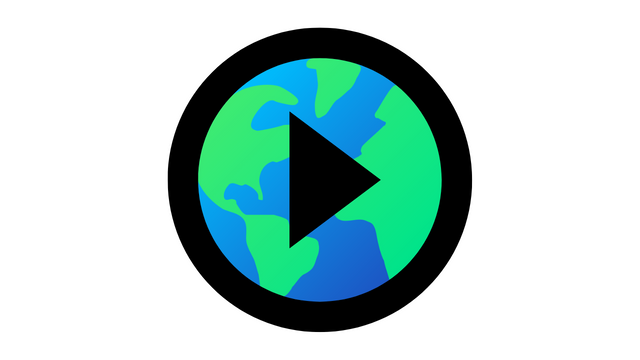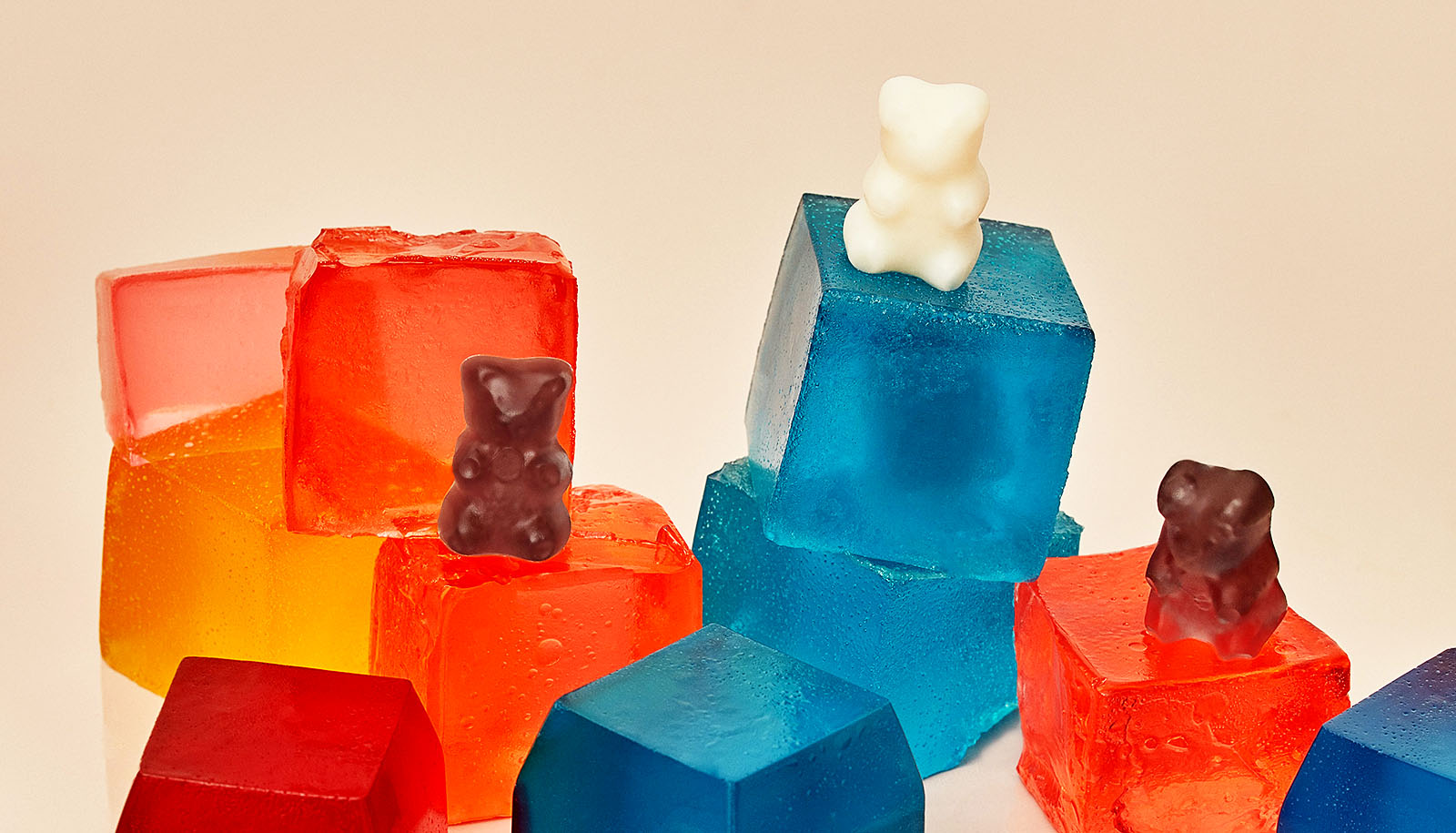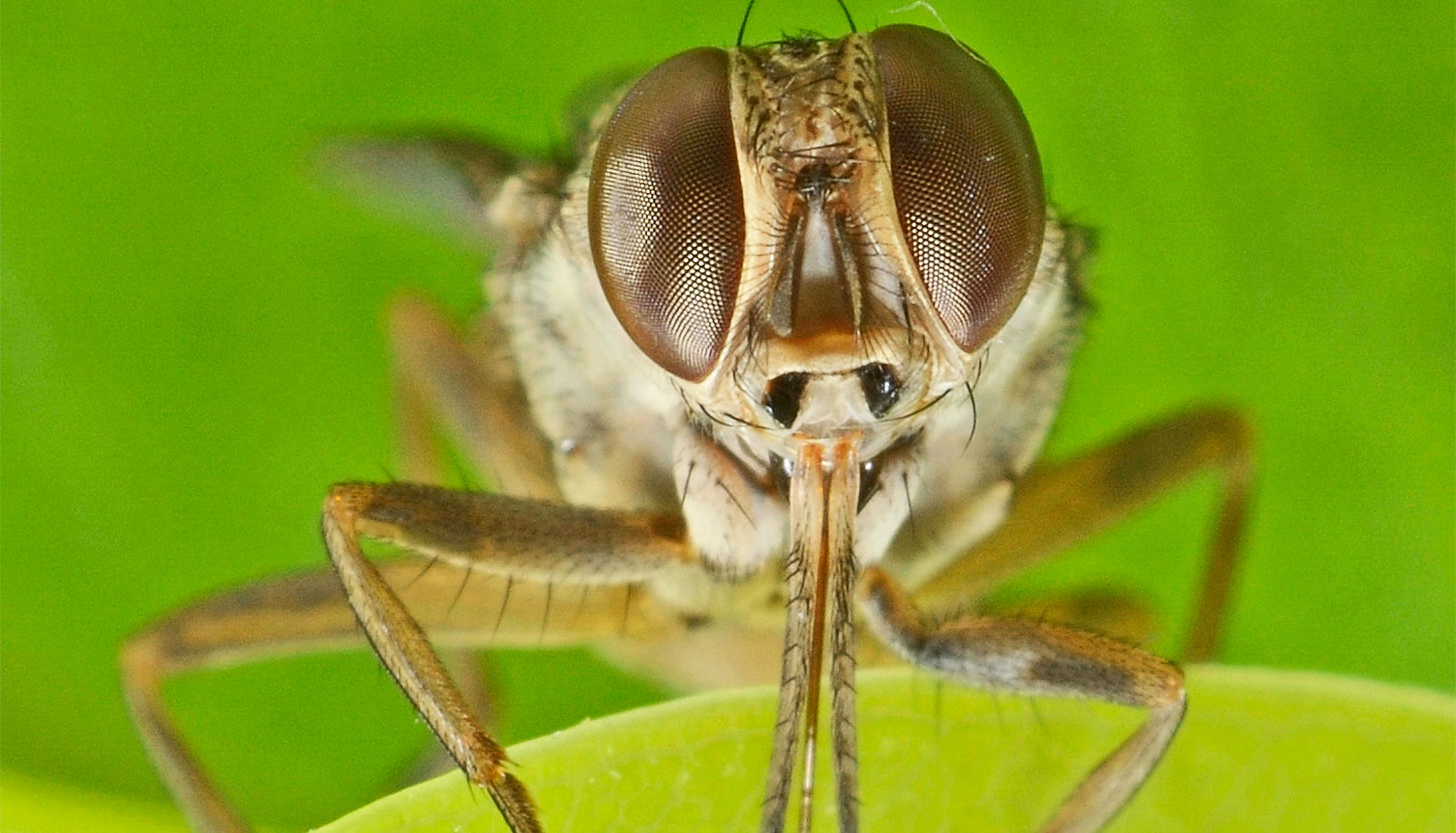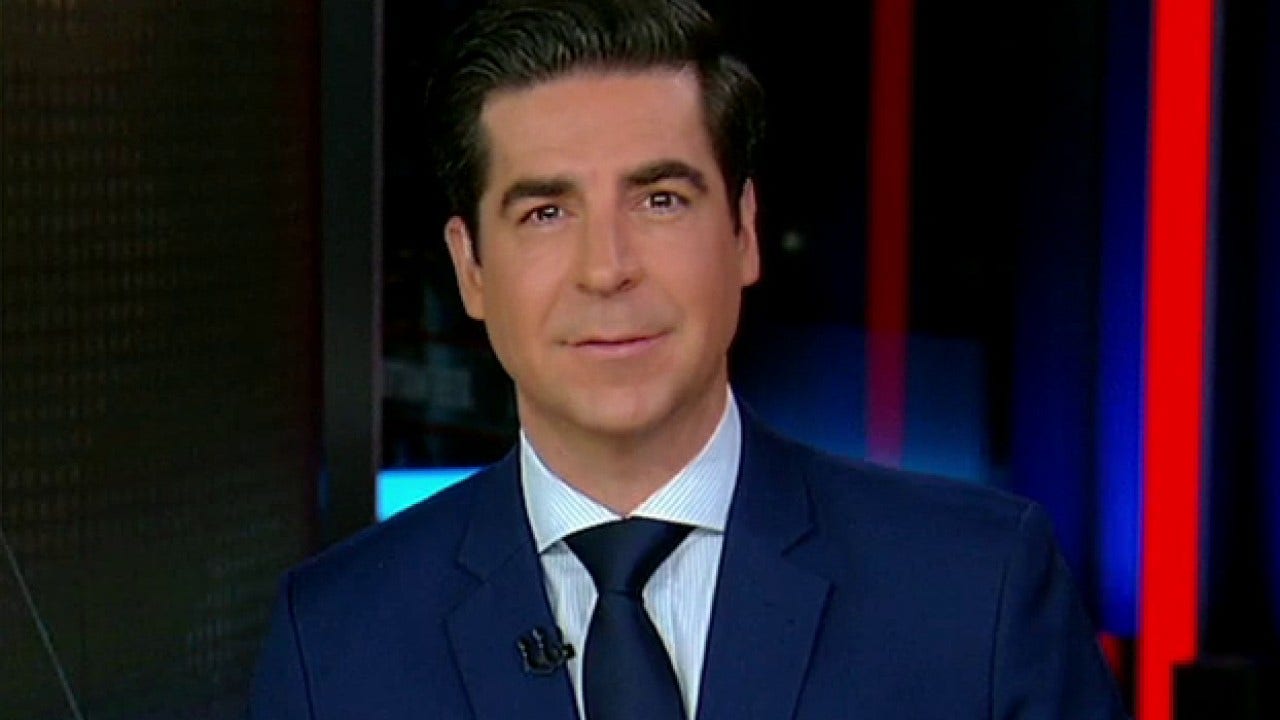Sign up for CNN’s Sleep, But Better newsletter series. Our seven-part guide has helpful hints to achieve better sleep.
CNN
—
When you don’t get enough good sleep, the short-term consequences are noticeable — maybe you’re distracted at work or snappy with loved ones. But in the background, irregular and poor-quality sleeping patterns could increase your risk for developing cardiovascular disease, according to a study published this week in the Journal of the American Heart Association.
“This study is one of the first investigations to provide evidence of a connection between irregular sleep duration and irregular sleep timing and atherosclerosis,” said lead study author Kelsie Full, an assistant professor of medicine in the epidemiology division at Vanderbilt University Medical Center in Nashville.

Atherosclerosis is the buildup of plaque in arteries, according to the American Heart Association. This plaque is made up of cholesterol, fatty substances, cellular waste products, calcium and fibrin, a clotting agent in the blood. As plaque accumulates, blood vessel walls thicken, which reduces blood flow and therefore diminishes the amount of oxygen and other nutrients reaching the rest of the body. Atherosclerosis can lead to cardiovascular health conditions, including coronary heart disease, angina, heart attacks, strokes and carotid or peripheral artery disease.
Poor sleep — including poor quality, abnormal quantity and fragmented sleep — has been linked with cardiovascular disease and cardiovascular disease-related deaths before, but less had been known about the specific associations between sleep regularity and atherosclerosis.
Sleep regularity, the new study’s authors defined, is estimated by variations in sleep duration (how long someone sleeps each night) and sleep timing (the time when someone falls asleep nightly) — the fewer variations the better.
The authors set out to learn more about this relationship by analyzing the sleep of older adults — age 69 on average — who participated in the Multi-Ethnic Study of Atherosclerosis, a longitudinal cohort study designed to investigate the prevalence and progression of, and risk factors for, cardiovascular disease. More than 2,000 participants were recruited between 2000 and 2002 from Minnesota, Maryland, Illinois, North Carolina, California and New York state.
During sleep assessments conducted between 2010 and 2013, participants kept a sleep diary over seven consecutive days and wore a wristwatch that tracked their sleep and wake history. Participants also underwent an at-home sleep study to measure breathing, sleep stages, waking during the night and heart rate.
After participants’ cardiovascular health was assessed during the same time frame, the researchers found those with irregular sleep durations — those that varied by 90 minutes to more than two hours within a week — were about 1.4 times more likely to have high coronary artery calcium scores compared with those with more consistent sleep durations. (This calcium score measures the amount of calcified plaque in arteries; a higher number increases the risk of some cardiovascular conditions.) The former group was also more likely to have carotid plaque and abnormal results from a test assessing blood vessel stiffness.
“These results suggest that maintaining regular or habitual sleep durations, or sleeping close to the same total amount of time each night,” Full said, “may play an important role in preventing cardiovascular disease.”
Since sleep quality and atherosclerosis were measured at the same time, researchers weren’t able to assess or prove whether irregular sleep caused the condition — they found only an association between the two.
The findings of the study published Wednesday could be due to both a direct link between sleep and the heart, and/or other lifestyle factors.
“People with less sleep or irregular patterns do tend to have less healthy patterns in other lifestyles (like diet and physical activity),” Dr. Donald Lloyd-Jones, chair of the department of preventive medicine at Northwestern University Feinberg School of Medicine in Chicago, said via email. Lloyd-Jones wasn’t involved in the study.
“Sleep is critical for the heart to be able to rest, as that is when heart rate slows and blood pressure normally dips,” he added. “Without that regular rest, the heart and vascular system are stressed over time.”
Whatever interrupts a person’s sleep could result in changes that affect the heart, said Dr. Andrew Freeman, director of cardiovascular prevention and wellness at National Jewish Health in Denver. Freeman wasn’t involved in the research.
“Interrupted sleep — especially (in) those with sleep apnea — usually releases catecholamines like adrenaline, which can do all sorts of things if it’s a chronic problem,” Freeman said. Sleep interruptions can also be a sign of increased stress or anxiety, he added.
Still, the study’s findings were in participants with no history of cardiovascular disease, so everyone should take heed, Lloyd-Jones said.
“Sleep matters to all of us,” he added. “It is an important part of the Life’s Essential 8 approach to optimizing your cardiovascular health — which can also help prevent cancers, dementia and many other chronic diseases of aging.”
Life’s Essential 8 is the American Heart Association’s checklist for lifelong good health, which also includes eating healthy, being physically active, quitting tobacco, managing weight, controlling cholesterol and managing blood sugar and blood pressure.
The association recommends adults get seven to nine hours of sleep each night, which is more likely if you have sound sleep hygiene. That involves going to bed at the same time each night, waking at the same time daily, avoiding caffeine after late morning, using your bedroom for sleep and intimacy only, avoiding screen usage before bed and sleeping in a dark, quiet and cool room.
“I also recommend keeping a notebook next to the bed,” Freeman said. “Then when people wake up in the middle of the night, (they should) write down what comes to mind first. It could be they heard a bird or they had to pee or they had some stressor on their mind. And that may be a focus for when they meditate or do something mindful.”
If you have sleep apnea or persistent sleep issues, seek treatment from a sleep specialist or other clinician.











